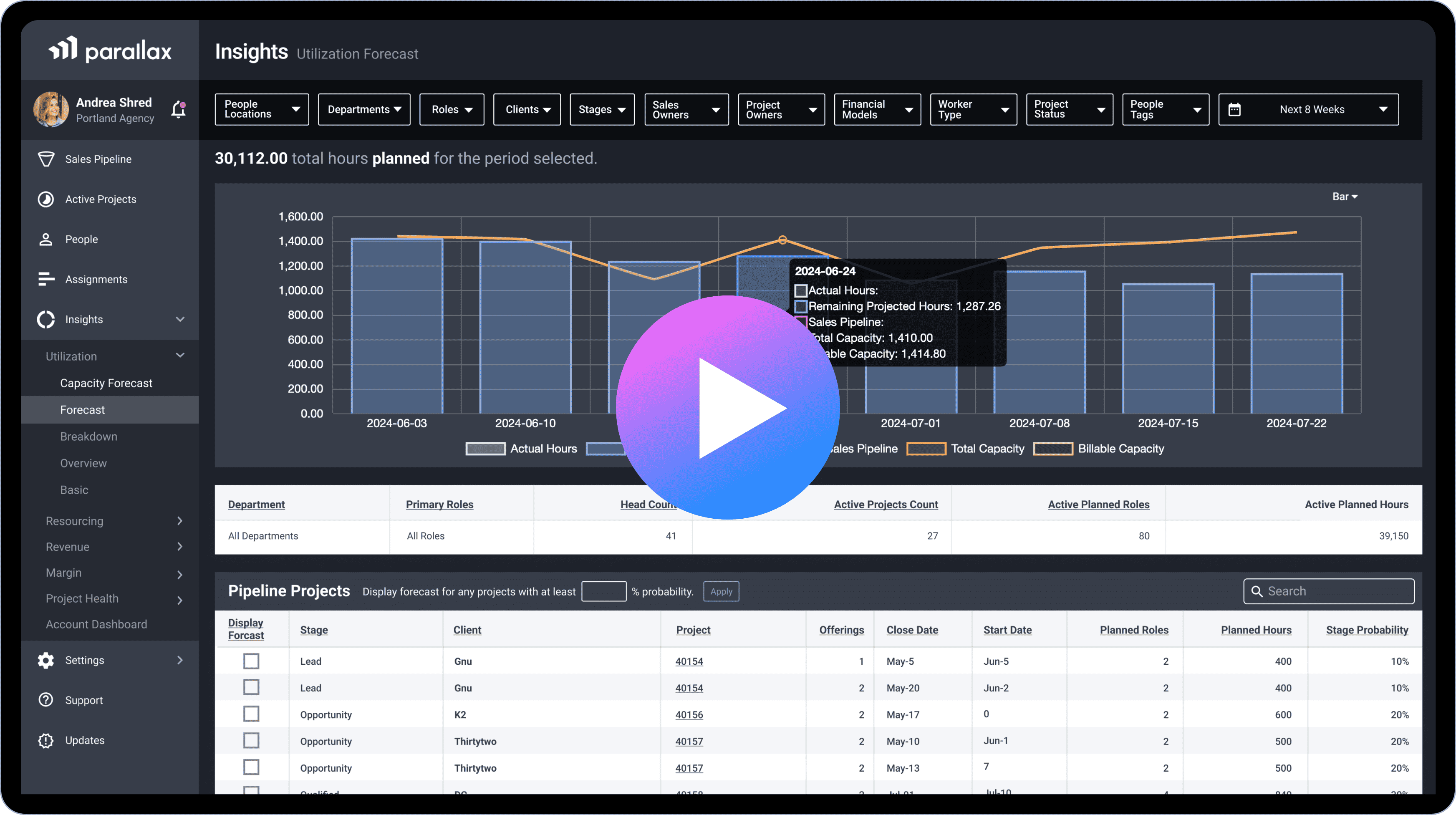Capacity Planning Software & Forecasting
Optimize Team Capacity
to its Full Potential
The capacity planning tool you need to maximize utilization while minimizing burnout
Key Features of Our Capacity Planning Tool
Monitor team capacity to take on projects and align sales to sell your available capacity. Connect sales & delivery before projects are won to efficiently set up successful engagements. Scenario plan resources for upcoming projects to maximize profitability and uncover skills in hot demand you should hire for.
Proactive project scoping
Empower sales teams with service offering templates to initially scope, price, and set a timeline for projects without manual back and forth meetings. Meanwhile, delivery teams get an early alert of projects coming down the pipe to proactively optimize resourcing – no more, “we need to kick off this project tomorrow” triage.
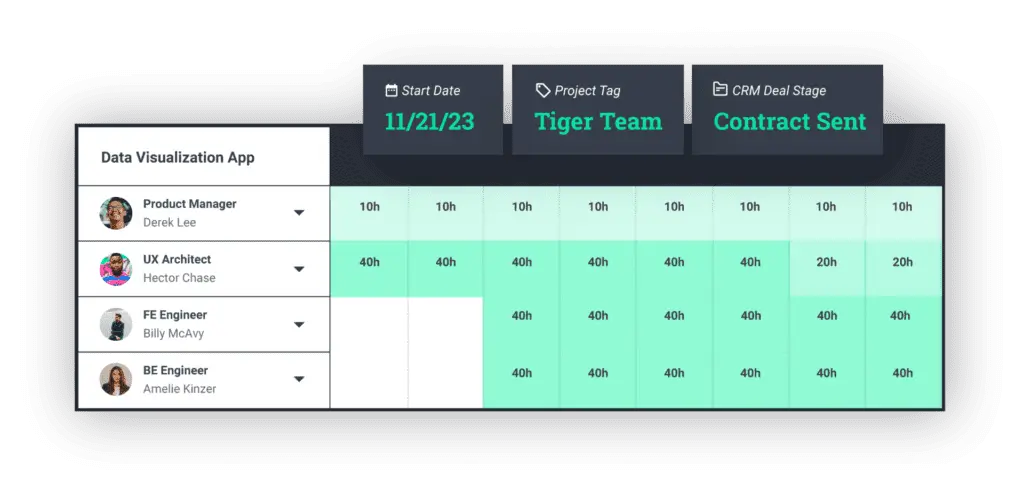
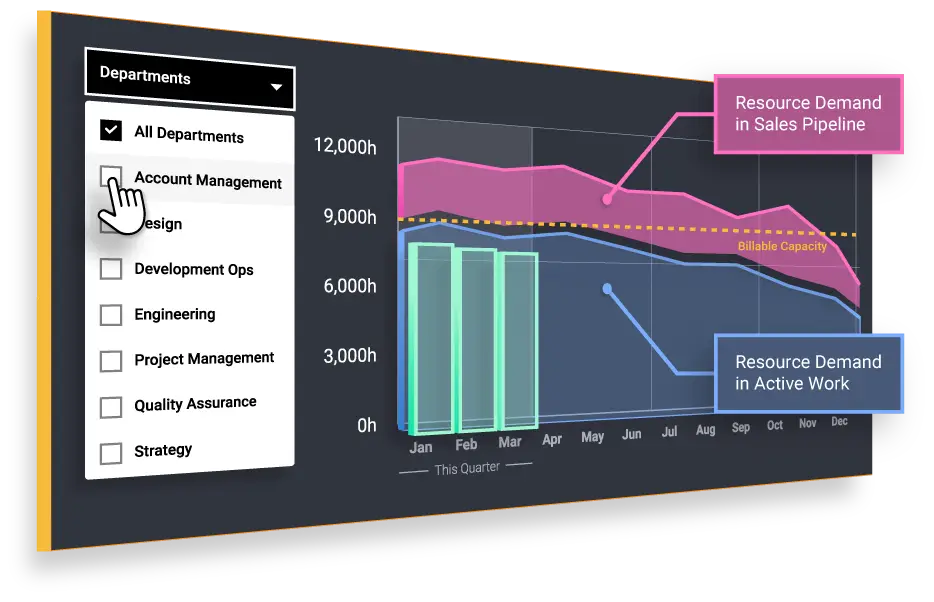
Pipeline forecasts
See capacity based on existing and upcoming workloads. By layering your pipeline onto current resource assignments, you get a complete view of skill sets with available or unavailable capacity. Now leadership can align sales to sell available capacity and confidently make hiring decisions for in-demand projects to evolve your service offerings.
Capacity scenario planning
Create your plan B, C, or D to ensure you are forecasting high utilization for all team members. Use filters on deals in your pipeline to better understand “what-if” scenarios of incoming work and how it aligns to your team’s capacity. Protect your margin by scenario planning different resources on upcoming projects.
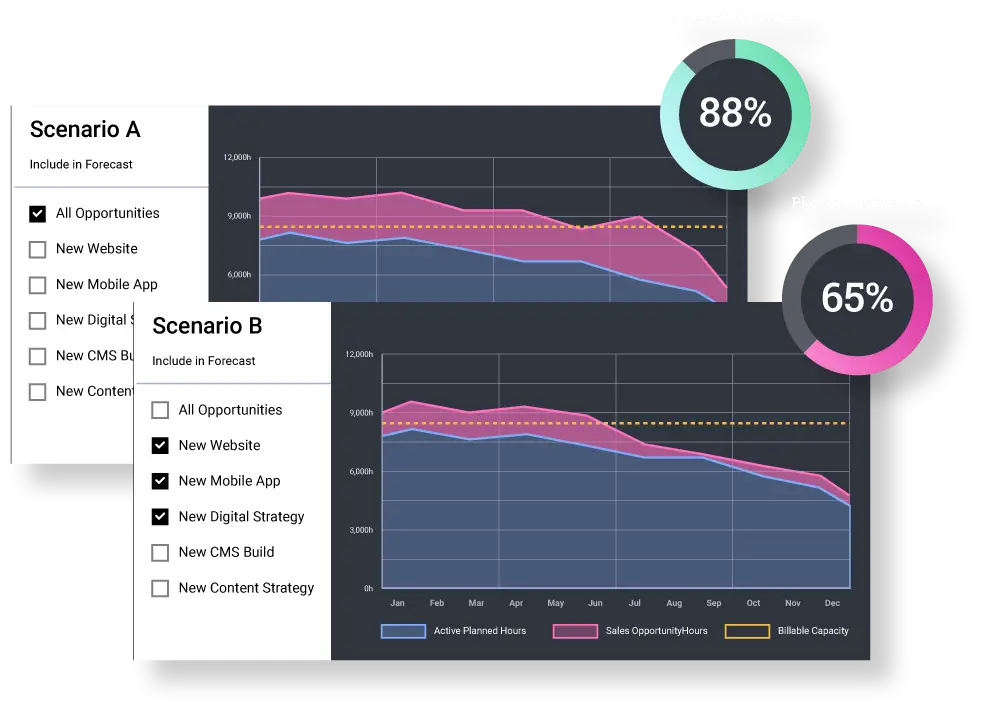
Why Leading Agencies Choose Parallax



Parallax Case Studies

Praxent
Read how Praxent uses Parallax to cascade information to middle management and distribute decision making, setting the stage for them to grow.

Raindrop
Read about Raindrop agency’s first 90 days onboarding with Parallax. They share what the process looked like and the business outcomes they’re currently seeing from adopting the forecasted capacity planning platform.

Clockwork
Read how Clockwork increased their average project margin with the help of Parallax insights in conjunction with Hubspot and Harvest.
Explore Our Resource Capacity Planning
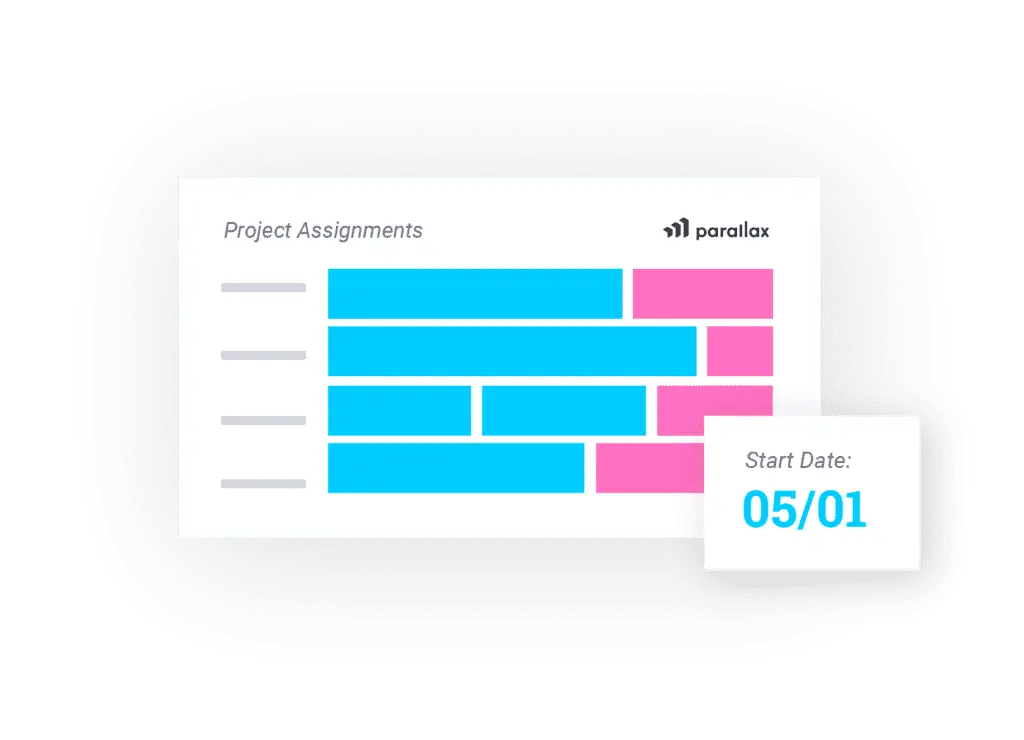
Service offering templates to scope projects
The service offering template informs Parallax of specific skills needed and outlines when the project can kick off based on resource availability. Delivery teams then have early visibility into upcoming projects and can see projected start dates based on close date from the CRM deal.
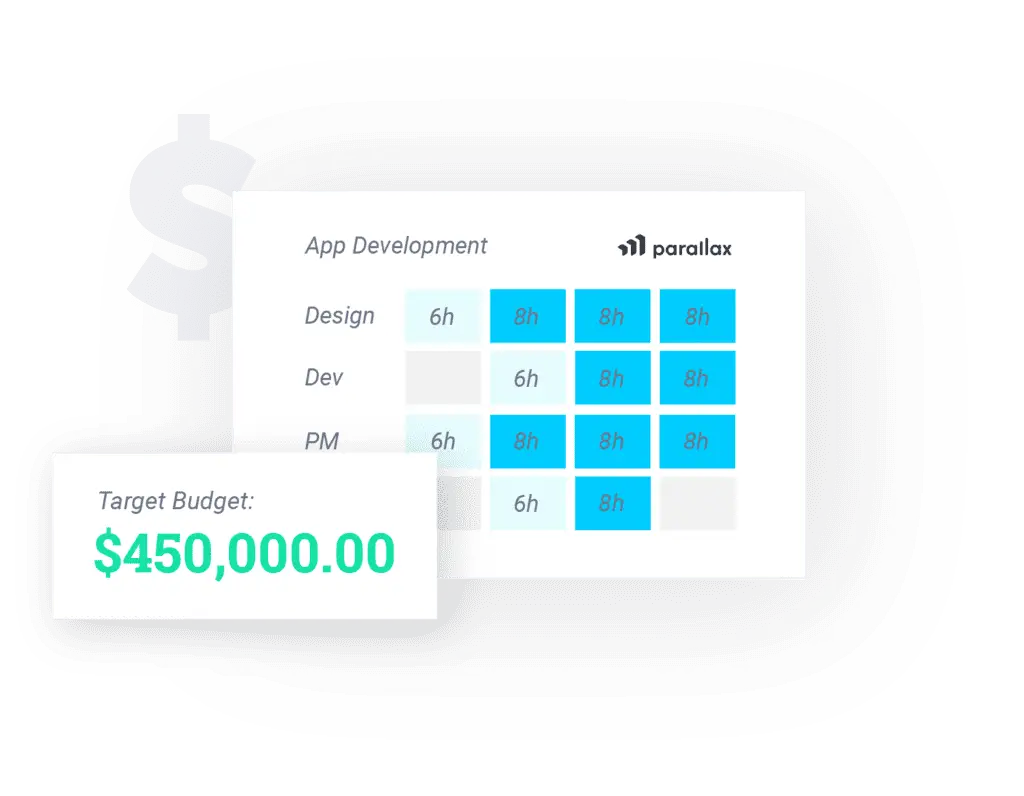
Quick project pricing
Sales teams can create an opportunity in the CRM and attach a service offering template to the deal. Service offering templates can be adjusted to however you price or structure your deals – time & material, fixed, retainer, or hybrid along with margin goals. Now sales has pricing without manual meetings with execution teams. The deal amount drives the target budget the project will be tracked to.
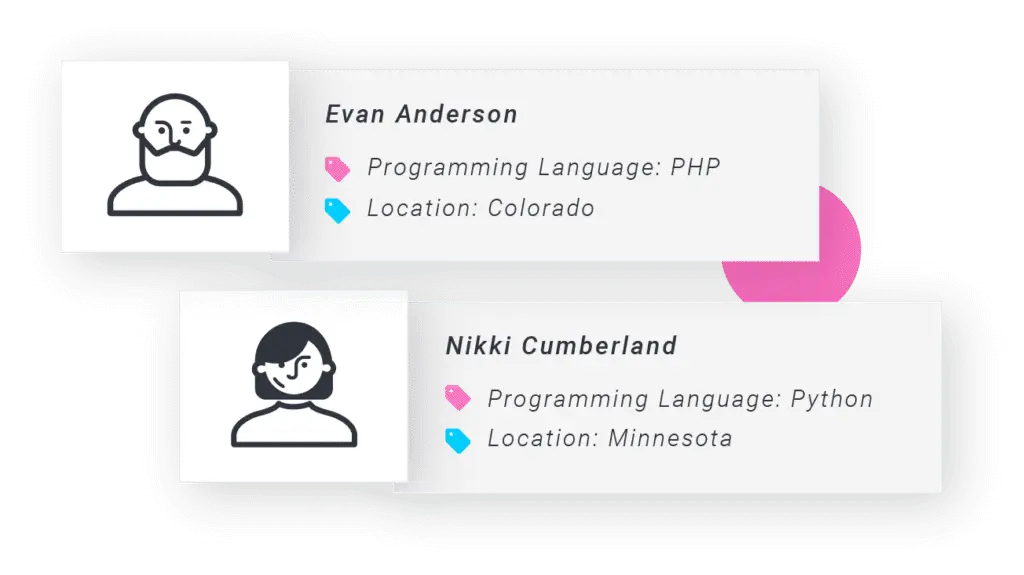
Project, role & skill tagging
Tag projects, project roles, and team members with important details such as skills and location, helping you easily organize, filter, and assign your people based on specific project criteria.
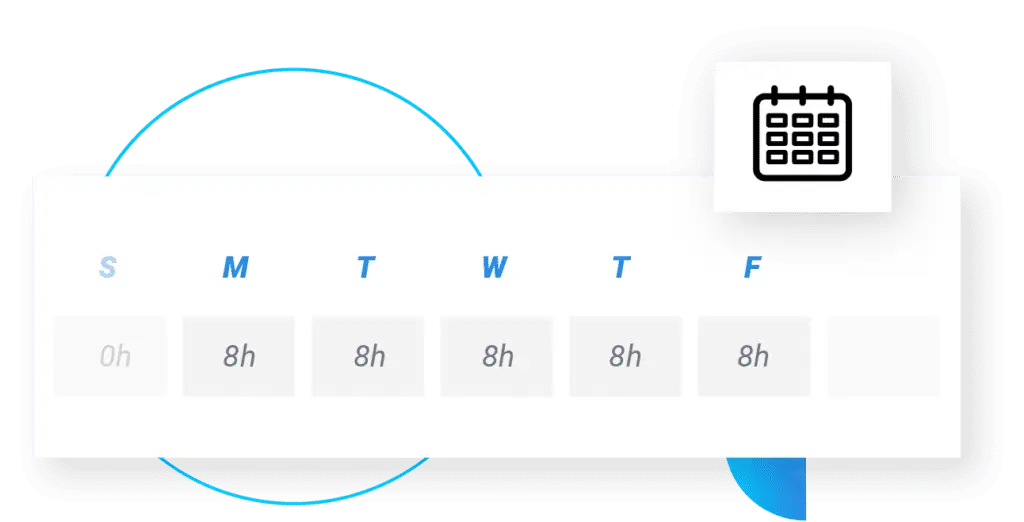
Customizable work hours
Set work hours for each team member, providing you with a clear view of individual and team capacity.
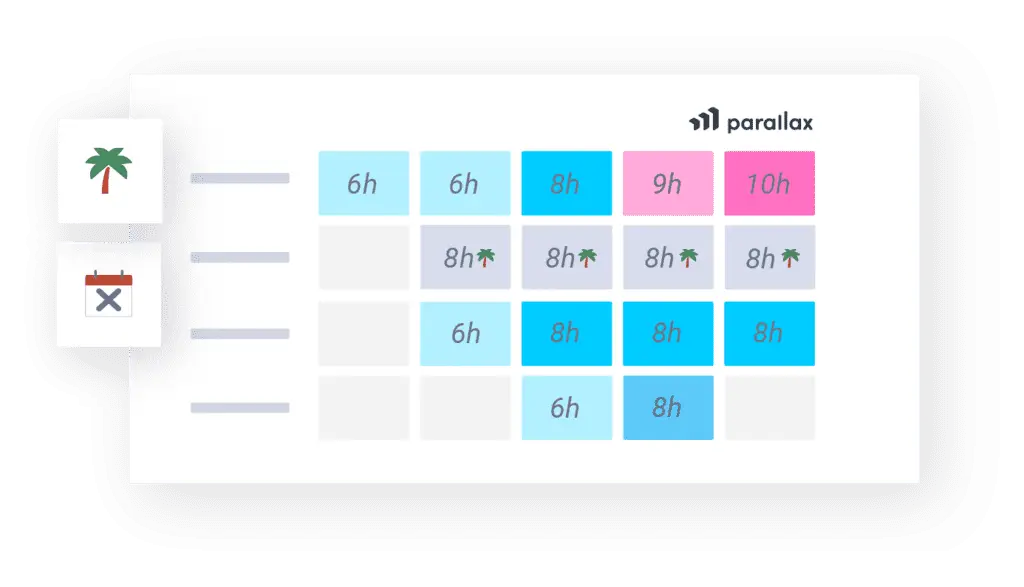
Time-off management
Efficiently manage time off and holidays to accurately represent availability.
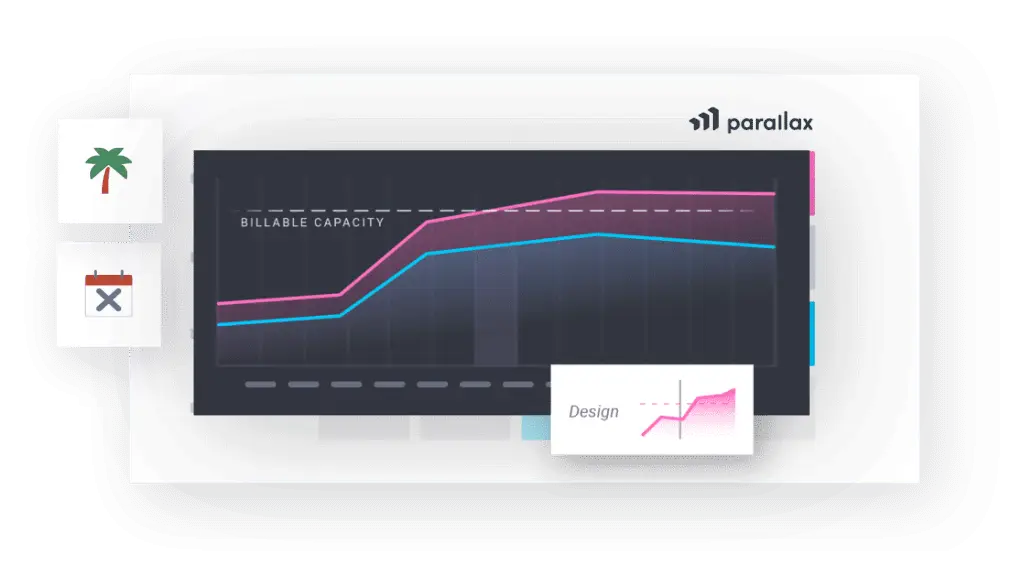
Demand planning & capacity forecasts
Allocation of people on projects automatically earmarks team members’ time to give leadership, delivery, and sales teams a view on projects they can sell, the timing of those projects, and who’s available/not available for those projects. See total capacity, total billable capacity, remaining project hours, sales pipeline allocations, and actuals.
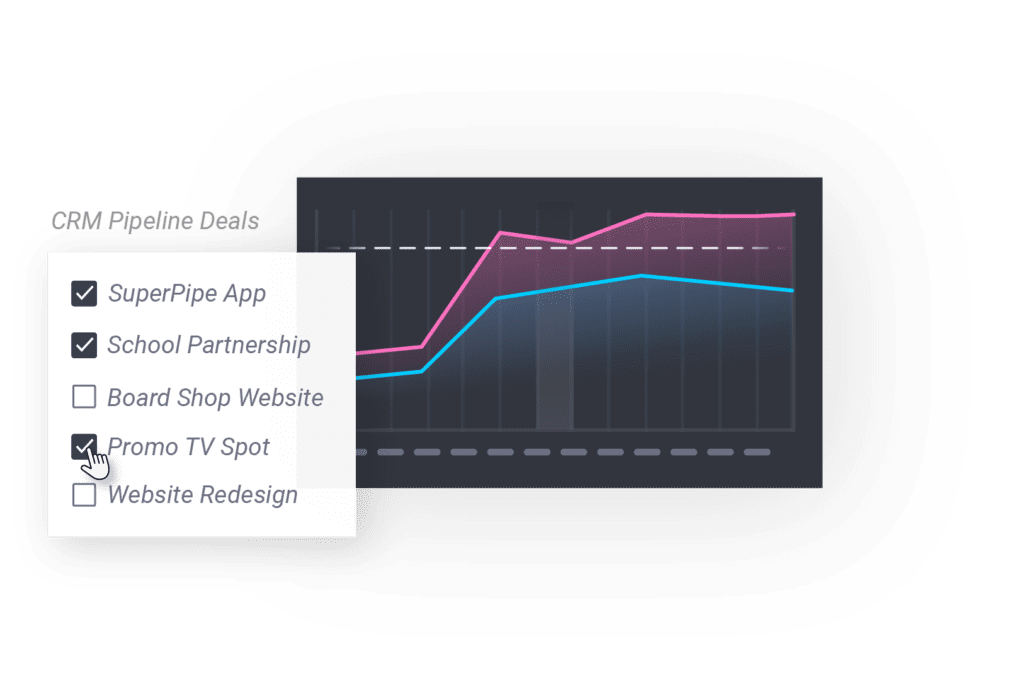
Pipeline scenario planning
Filter pipeline opportunities onto your current capacity to better understand what-if scenarios on how you’ll handle potential incoming work along with existing known projects. Manually select particular deals or filter by stage of opportunity.
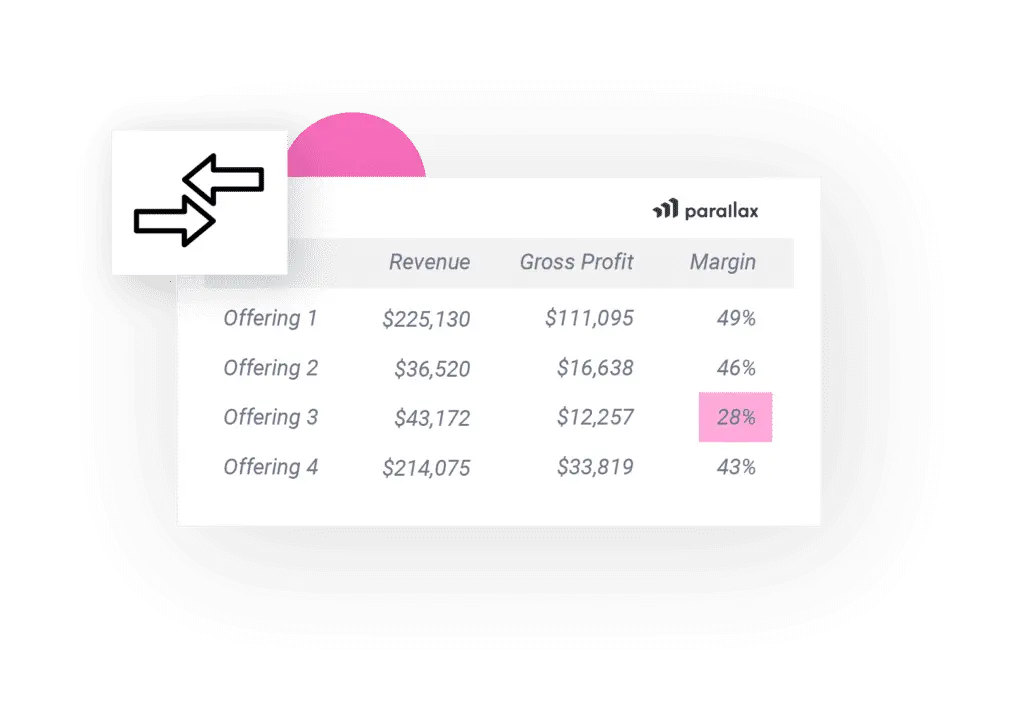
Evolve service offerings
Quickly see what services are in high demand and compare against upcoming projects to inform hiring decisions. See what projects lead to more profitability and adapt service offerings to those types of projects.
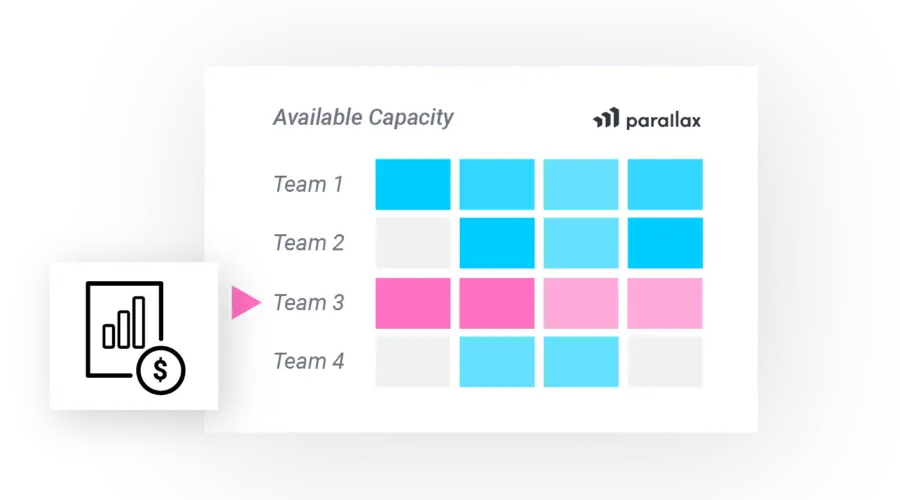
Focus sales efforts
Parallax uniquely gives you a view of future capacity based on known won projects + potential pipeline projects. This gives you clarity on what services are in high and low demand giving you the ability to focus sales efforts on services with available capacity.
Resources From Our Blog

What Is Operational Efficiency? How To Measure And Improve It
What is operational efficiency? Boost operational efficiency with strategies to measure, track, and improve performance using resource management.

What Is Project Forecasting? How To Project Forecast
What is project forecasting, and how do you do it? Learn the steps in estimating what human resources will be needed for a project.

How to Drive Service Org Growth and Employee Engagement
Bret Swain and Kurt Schmidt chat on how to spot the signs of stagnation in your agency. Learn how to break free and promote growth.





